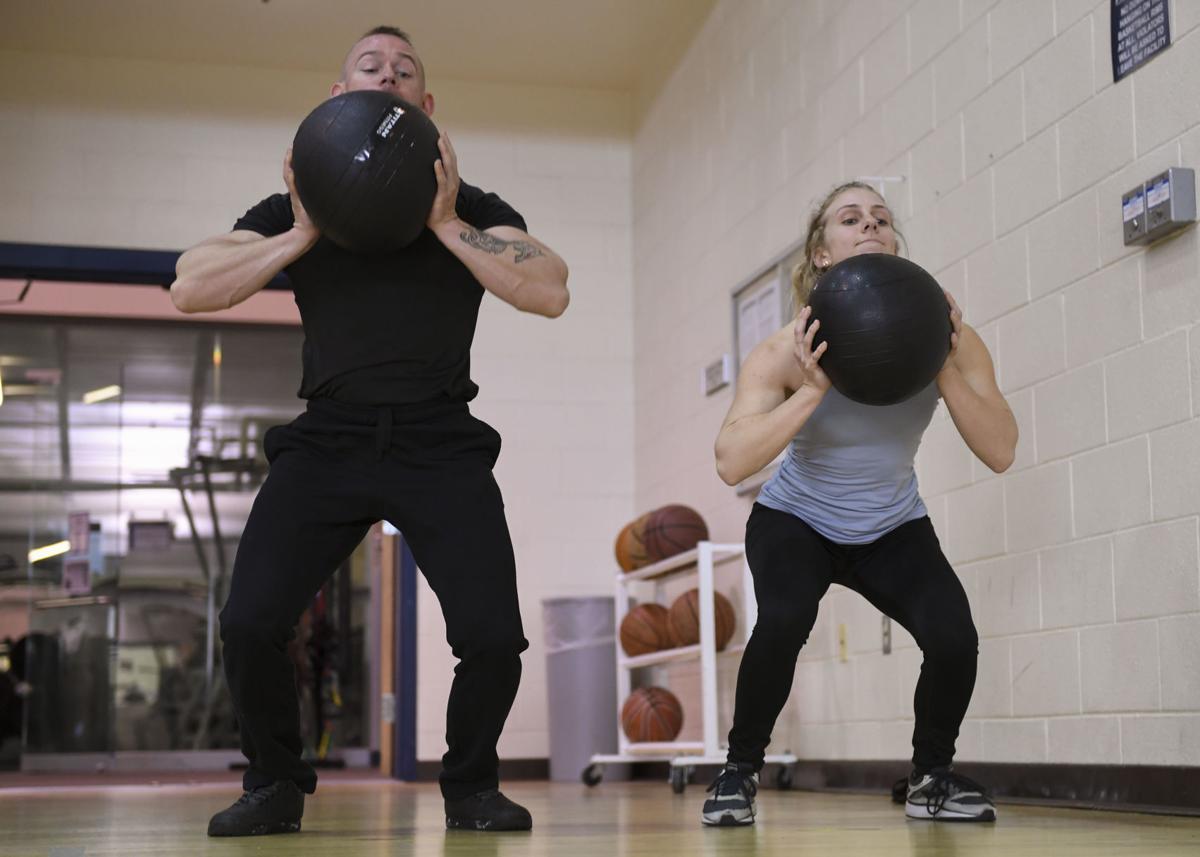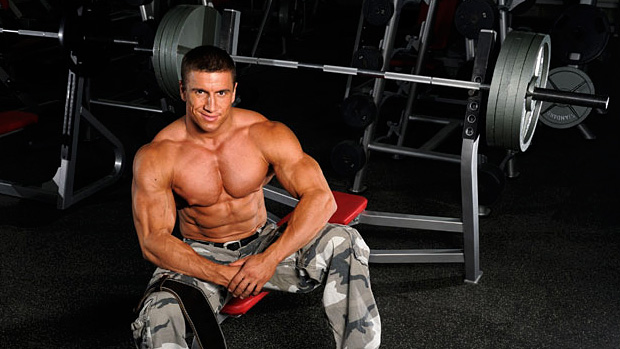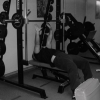Kenny Croxdale
Level 7 Valued Member
The reason the kettlebell doesn't go airborne in a swing is because the person is holding on to it. If the grip fails then the kettlebell does indeed go airborne.
Let Go
Deliveraely letting go of the Kettlebrell at the top of the swing allows it to go airborne.
Obviously, you need a soft landing space for the Kettlebell so that you don't destroy it.
I took mine outside into my yard. The Kettlebell produce a few crater in the yard.
Rather than destroying your yard or the Kettlebell, try these...
Two Methods
1) Banded Kettlebell Swings
2) Horizontally Jumping with the Kettlebell.
Ballistic Training

Ballistic training - Wikipedia
While the information below pertains to the Bench Press, the same applies to the Kettlebell Swing or any other movement
..."performing speed repetitions as fast as possible with light weight (e.g., 30–45% of 1-RM) in exercises in which the bar is held on to and must be decelerated at the end of the joint’s range of motion (e.g., bench press) to protect the joint does not produce power or speed training but teaches the body how to decelerate, or slow down. If the load can be released into the air (i.e., the bar be let go at the end of the range of motion) the negative effects are eliminated."
Additional research has shown that as much as 75% of a movement can be devoted to slowing the bar down. Elliot, et al. (1989) reported that during 1-RM bench presses, the bar decelerates for the final 24% of the range of motion. At 81% of 1-RM, the bar decelerates for the final 52% of the range of motion. Research has shown that for best results it is important to load the bar with the amount of weight that allows for positive acceleration to be maintained through the full range of motion for the lift. An effective ballistic lift develops speed throughout the entire range of motion of the lift until the moment of release.
Plyometric Bench Press Training for More Power and Strength
Powerlifting USA Magazine, May 2002, Croxdale and Morris
Plyometric bench training for 1rm increases
I am very interested in this. When I plateau with linear progression, I plan on using chains, bands, and stick-weights/small-weights to break over. But I also was thinking of plyometric stuff. I really like the medicine ball drops in the article below. Has anyone done these or similar...
 www.elitefitness.com
www.elitefitness.com
Some of the information from Wikipedia was obtain from "Plyometric Bench Press Training for More Power and Strength", Powerlifting USA Magazine, May 2002.
Last edited:


